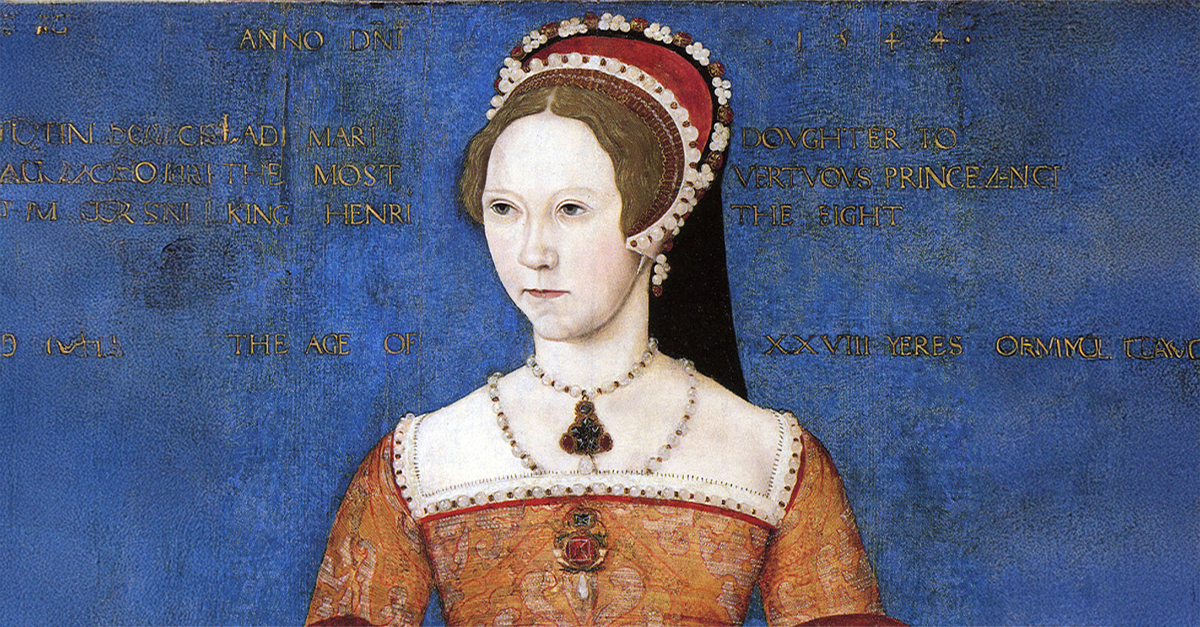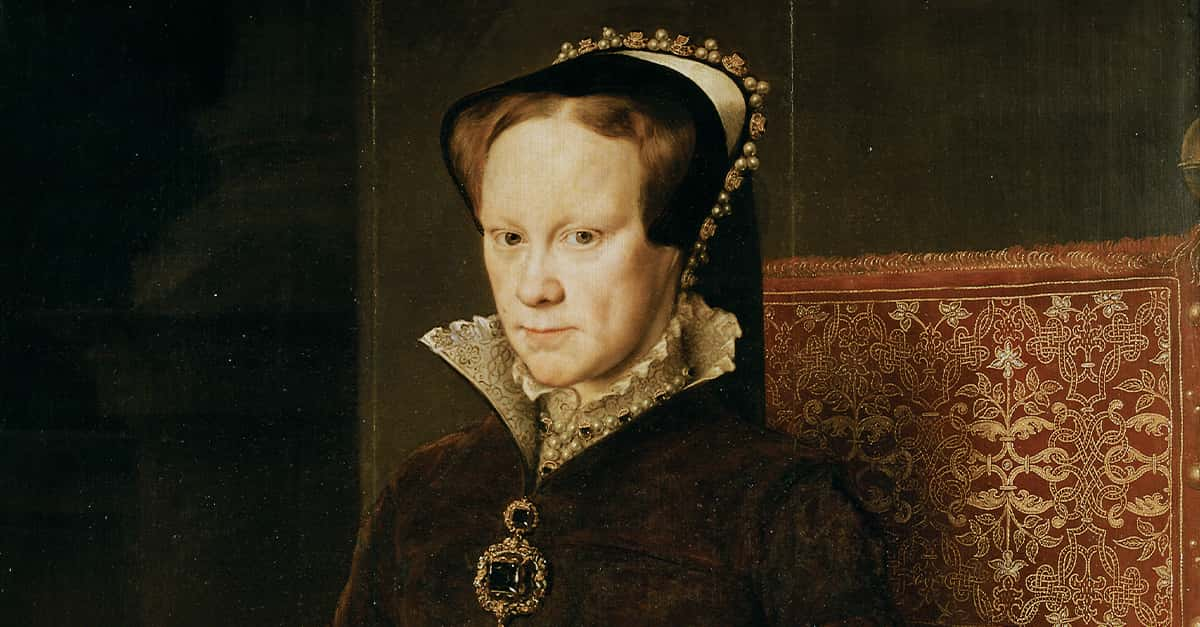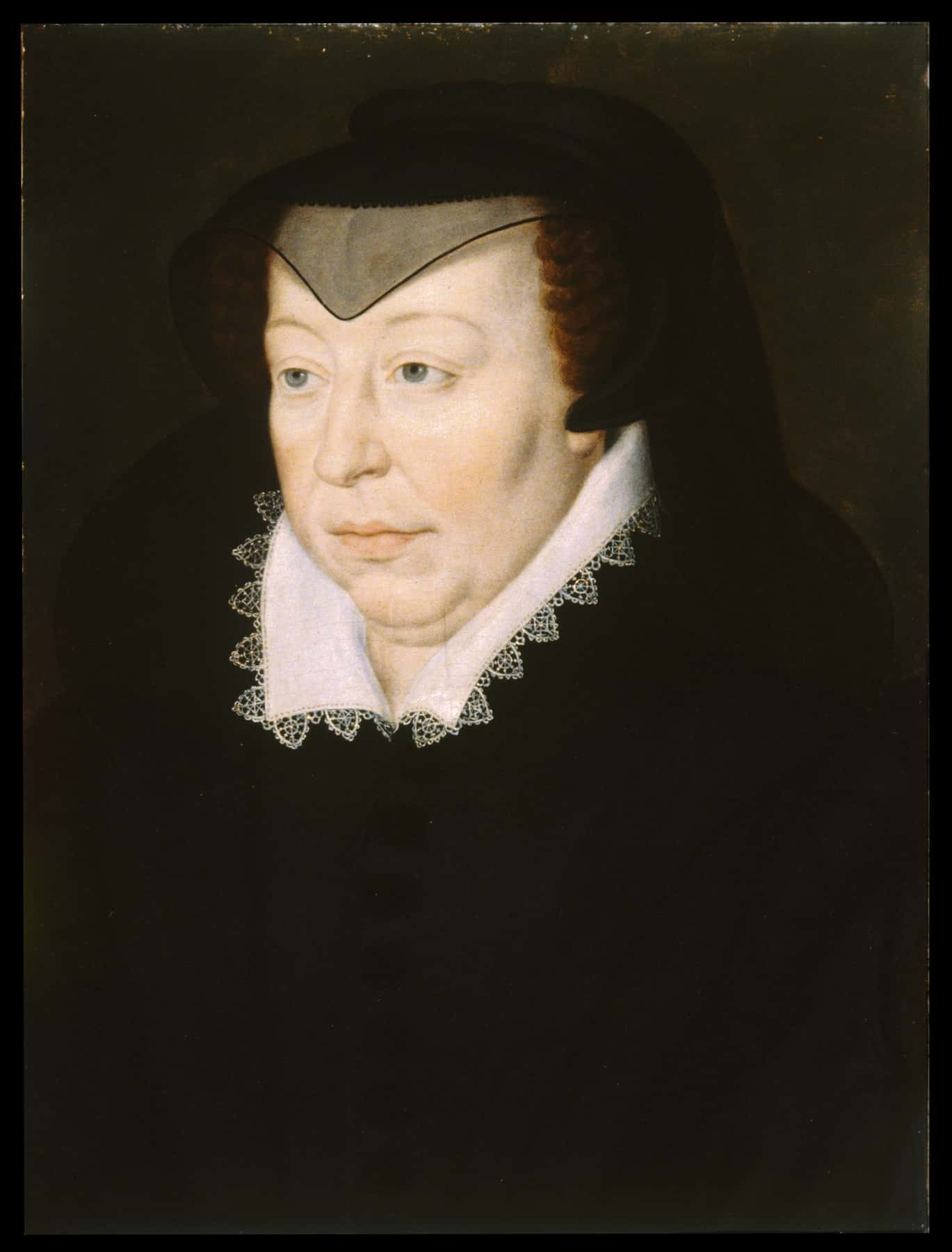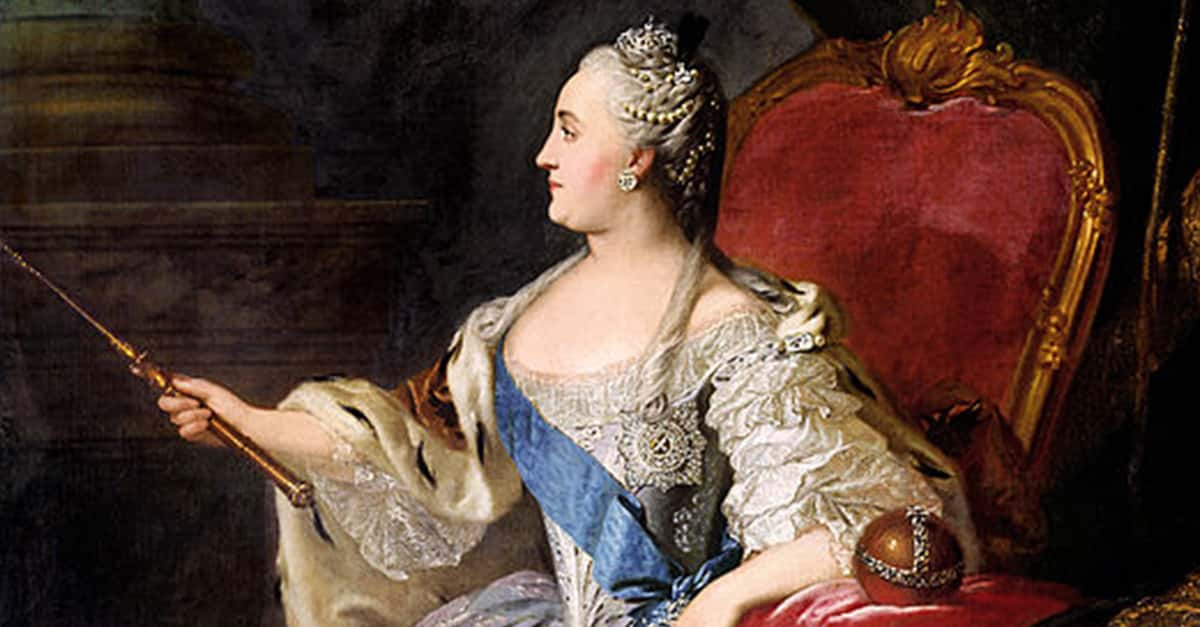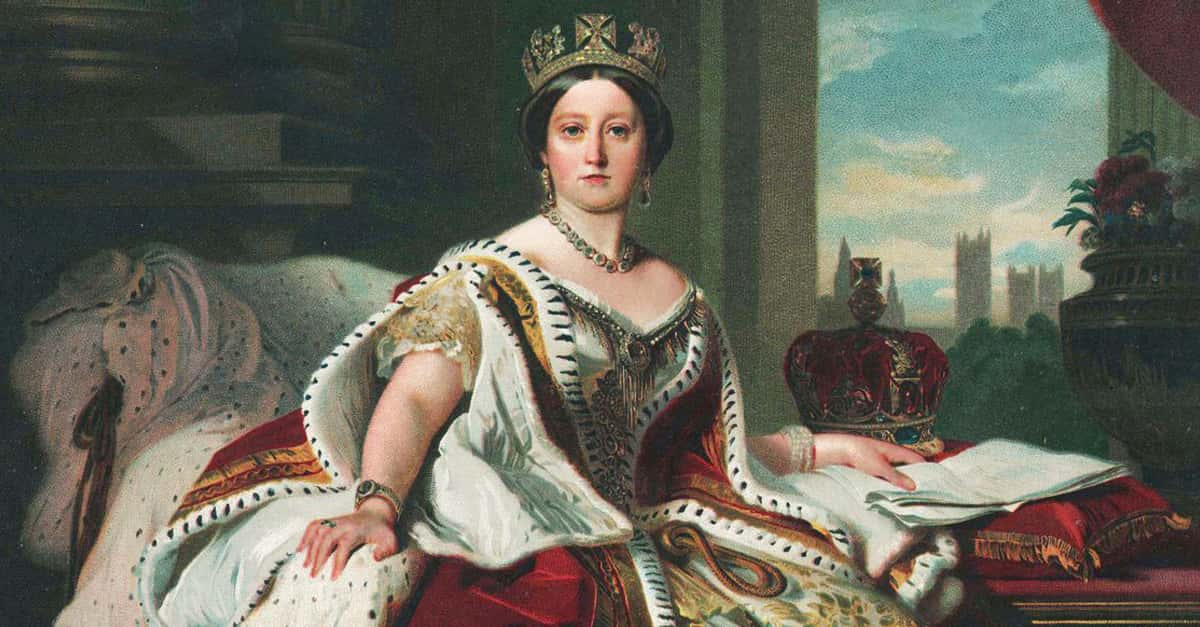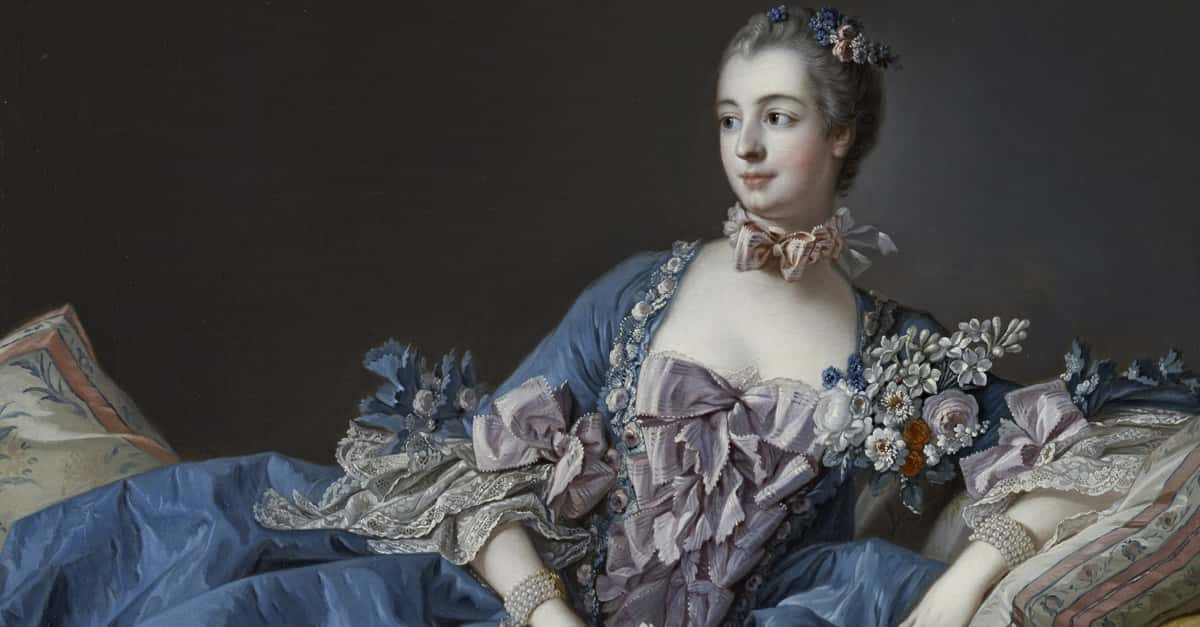In the turbulent 16th century, few figures were more closely watched than the children of King Henry VIII. But amid the political chaos of the era, a bold imposter emerged. Mary Baynton, an otherwise ordinary citizen, claimed to be Princess Mary Tudor, the king’s eldest daughter. Incredibly, Baynton not only made her outrageous claim public, but also managed to survive with her neck intact!
The Real Princess Mary’s Shaky Position
At the time Mary Baynton launched her deception, the real Princess Mary was in a precarious position. After Henry VIII's break with the Catholic Church and his marriage to Anne Boleyn, Mary was stripped of her royal title and declared illegitimate. Once a princess with a secure future, she became a marginalized figure, isolated from court and living with diminished status.
 Unidentified painter, Wikimedia Commons
Unidentified painter, Wikimedia Commons
The Emergence Of Mary Baynton
Mary Baynton first made her bold claims in Boston, Lincolnshire in 1533, the same year Henry VIII married Anne Boleyn. The real Princess Mary was under strict control, cut off from supporters. Baynton seized the moment, presenting herself as the wronged princess seeking justice. In an era of political confusion and resentment toward the king’s new marriage, her claim found receptive ears.
Why People Believed Her
The general public had limited access to the real faces of royalty. No photographs, few portraits, and a lot of rumor made it plausible that a stranger could claim royal blood. Many English subjects were sympathetic to Princess Mary, viewing her as the true heir rather than Elizabeth, the offspring of Anne Boleyn. Baynton's timing, bearing, and education allowed her to slip convincingly into the role.
Supporters Rallied To Her Cause
Remarkably, Baynton gained a following. Reports suggest that commoners and perhaps some discontented members of the gentry gave her aid, offering money and encouragement. They hoped that “Princess Mary” would also restore the Catholic order and challenge Henry’s authority. Her small uprising of support hinted at deeper unrest growing across England.
 Lucas Horenbout, Wikimedia Commons
Lucas Horenbout, Wikimedia Commons
The Authorities Looked Closer
News of Mary Baynton’s activities eventually reached officials. In the politically charged environment, any threat to the Tudor regime was treated with extreme seriousness. Baynton was brought in and interrogated to determine if her claim was part of a broader conspiracy against the king. Surprisingly, what happened next defied the brutal track record of Tudor justice.
The Shockingly Lenient Outcome
After investigation, authorities concluded that Mary Baynton was not a hardened political agitator, but merely delusional. Unlike many imposters in Tudor England who faced execution for treason, Baynton was released without severe punishment. This suggests officials saw her as harmless, or feared that a public trial might amplify sympathy for the real Princess Mary.
Baynton Survived Her Audacity
It is astonishing that Baynton escaped with her life. During Henry VIII’s reign, accusations of treason often ended in grisly executions. Her survival hints at the chaotic court system of the time, where motivations mattered. A lone woman without powerful backers might be pitied or dismissed, rather than treated as a serious threat to the monarchy.
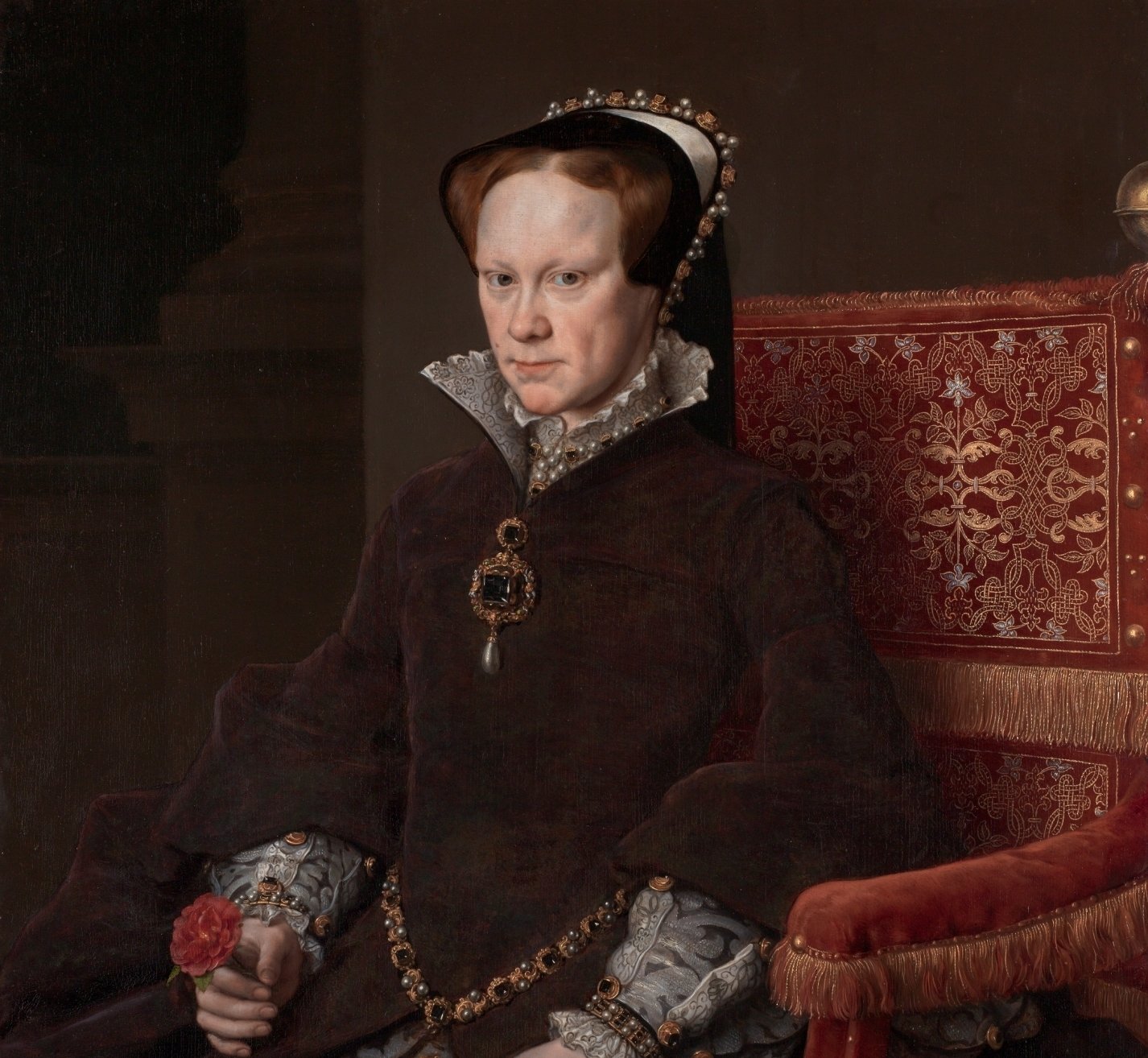 Antonis Mor, Wikimedia Commons
Antonis Mor, Wikimedia Commons
What Happened To Mary Baynton?
After her release, Mary Baynton faded into obscurity. No records indicate further attempts to impersonate royalty or continue political agitation. She returned to the anonymity from which she briefly emerged, a footnote in Tudor history. Unlike many pretenders, she didn’t meet a violent end—making her story one of the few imposter tales that ended peacefully. As for Princess Mary Tudor herself, she would go on to become the first queen of England in 1553. But that's another story.
The Big Picture
Baynton’s brief rise illuminates the instability of Henry VIII’s reign. His religious reforms, marital chaos, and brutal handling of dissent was fertile ground for imposters and rebellions. That someone like Baynton could gain support shows how fragile the king’s new order really was in its early years.

History's most fascinating stories and darkest secrets, delivered to your inbox daily.
A Pretender Who Dared To Dream
In the rich tapestry of Tudor England, Mary Baynton’s strange story tells of the discontent simmering beneath the surface of Henry VIII’s reign. One of the boldest imposters of all time, she dared to claim the identity of a princess during one of the most dangerous periods in English history—and lived to tell the tale.
You May Also Like:
The Mysterious Princess Caraboo
Tragic Facts About Henry VIII's Wives
Unseemly Facts About Catherine Parr, The Last Wife Of Henry VIII

